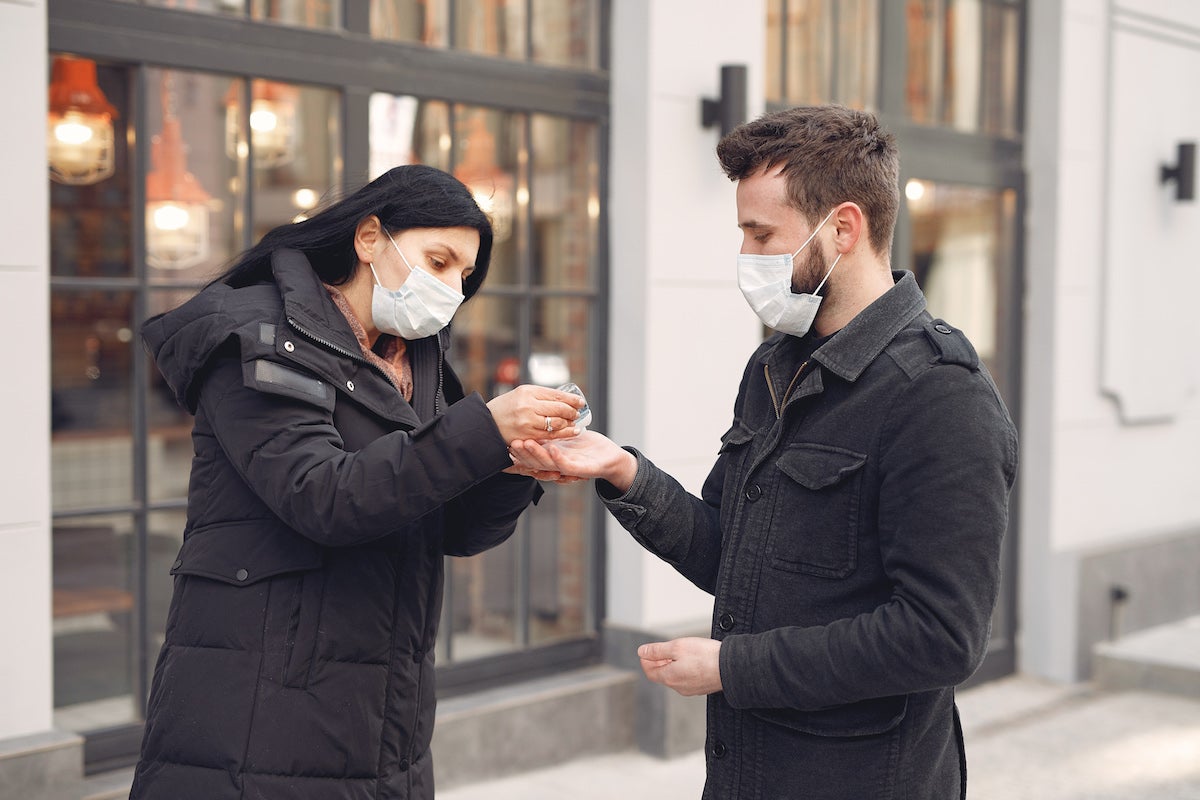As COVID-19 infections dramatically increase, so does the risk that you’ve been potentially exposed to someone with the disease – someone who may not have had symptoms yet. That’s why contact tracing is such an important tool in managing the spread of this virus. What is contact tracing, how does it work and why is it important in our fight against COVID-19? For answers, we turn this week to Robin Hines, a population health sciences expert at the College of Medicine who serves on UCF’s COVID-19 Testing and Contact Tracing Committee.
Contact tracing allows public health officials to identify and communicate with any person who might have come in close contact with someone who tested positive for an infectious disease like COVID-19. Contact tracing isn’t new – it’s been used for centuries during disease outbreaks.
There are generally four steps in contract tracing.
- The first is case investigation. When someone tests positive for COVID-19, a public health expert contacts them and asks them to remember the people with whom they had close contact in the 48 hours before they became symptomatic or until they began self-isolating. The goal of this investigation is to identify people who might have been infected by the infected person. Close contact means the infected person was around someone for at least 15 minutes and at a distance of less than six feet.
- Next comes contact tracing. The public health expert notifies these people that someone with whom they had contact tested positive for COVID-19. To be most effective, this tracing needs to happen quickly, so potentially infected people can get tested and begin isolating themselves. Patient privacy is paramount so people aren’t told who has tested positive – only that they may have been exposed.
- The third step is contact support, which is education and guidance. Public health experts help potentially-exposed people understand their risks and share with them information on symptoms, testing and ways to avoid spreading COVID-19.
- The final step is self-quarantine. Those who have been in contact with an infected person are urged to self-quarantine for 14 days – including staying six feet away from anyone living with them. They are urged to monitor their health and what to do if they become symptomatic. Self-quarantining helps isolate the virus and keep it from spreading further.
One of the challenges of COVID-19 is that it’s so easy to catch. The virus occurs in air droplets that spread when we sneeze, cough or even speak. You don’t have to be feeling ill to spread this disease. People speaking or laughing in close proximity to each other – such as in a loud, crowded bar or at the dinner table – can spread the virus. There have been documented cases of choir members passing it onto each other as they sang.
We all breathe each other’s air and the coronavirus is not going away. That’s why we need contact tracing to help manage the spread.




